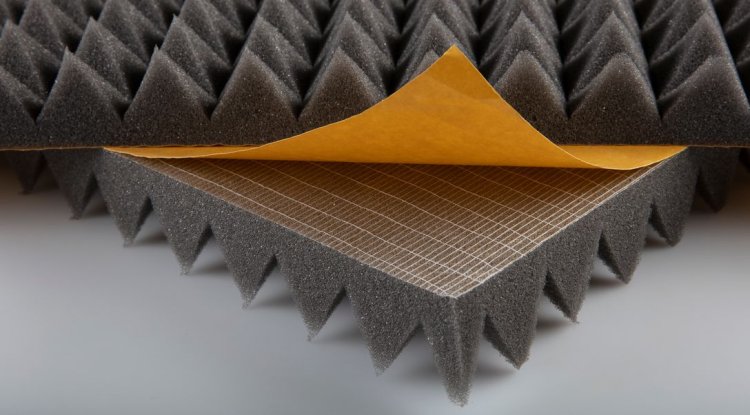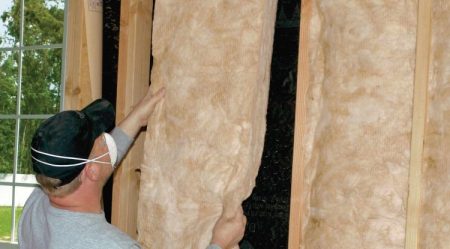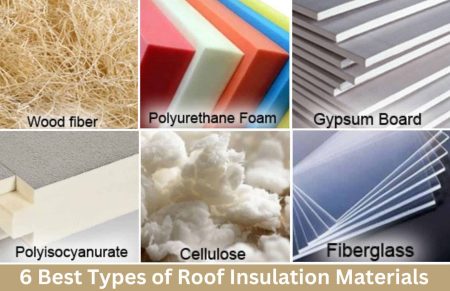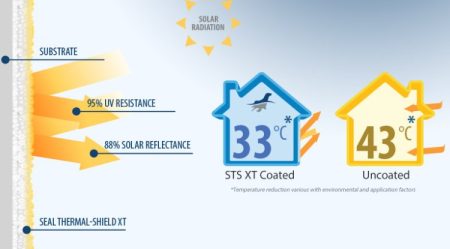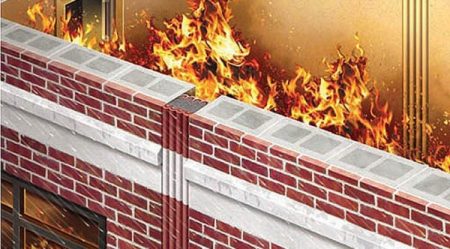Sound Insulation Materials Comparing the Best Options
Contents
Sound Insulation Materials: Comparing the Best Options
Sound insulation is crucial in any building, be it residential or commercial. It helps to reduce noise from outside and inside the building, providing a comfortable and peaceful environment for people inside. In this article, we will explore the best sound insulation materials and compare them based on their effectiveness, cost, and ease of installation.
Table of Contents
- Introduction
- What is Sound Insulation?
- Types of Sound Insulation Materials
- Fiberglass
- Mineral Wool
- Cellulose
- Foam Panels
- Mass Loaded Vinyl (MLV)
- Green Glue
- Soundproof Curtains
- Acoustic Tiles
- Comparing the Best Sound Insulation Materials
- Effectiveness
- Cost
- Ease of Installation
- Conclusion
- FAQs
Introduction
We all want a quiet and peaceful living or working space. Unfortunately, external noises such as traffic, construction sites, and loud music could disturb our peace. This is where sound insulation comes in handy. Sound insulation materials are designed to reduce the amount of noise that enters or leaves a building.
What is Sound Insulation?
Sound insulation refers to the ability of a material or system to reduce the transmission of sound waves from one area to another. Sound waves travel through solid, liquid, and gas mediums and can be reflected, absorbed, or transmitted. Therefore, the best sound insulation materials should be able to absorb or reflect sound waves to prevent them from traveling through walls, floors, or ceilings.
Types of Sound Insulation Materials
There are several types of sound insulation materials available in the market. Below are some of the most popular options:
Fiberglass
Fiberglass is a popular sound insulation material used in buildings. It is made up of tiny glass fibers that trap air between them to absorb sound waves. It is affordable and easy to install, making it a popular choice for DIY projects. Fiberglass can be used in walls, floors, and ceilings.
Mineral Wool
Mineral wool, also known as rock wool, is another popular choice for sound insulation. It is made from molten volcanic rocks and minerals that are spun into fibers. Mineral wool is denser than fiberglass, making it more effective at absorbing sound waves. It is also fire-resistant and does not promote the growth of mold or bacteria. Mineral wool can be used in walls, floors, and ceilings.
Cellulose
Cellulose is a green insulation material made from recycled newspapers and treated with fire retardants. It is loose-fill insulation that is blown into walls, attics, and floors. Cellulose is effective at reducing airborne noise such as speech and music.
Foam Panels
Foam panels are made from materials such as polyurethane foam or polystyrene foam. They are lightweight and easy to install. Foam panels are mostly used in recording studios, home theaters, and other specialized spaces where high-performance sound insulation is required.
Mass Loaded Vinyl (MLV)
Mass loaded vinyl, also known as barrier mats, is a heavy vinyl sheet that is used to block sound transmission through walls, floors, and ceilings. MLV is dense and flexible, making it effective at reducing low-frequency noise. It is easy to install and can be used in conjunction with other sound insulation materials.
Green Glue
Green Glue is a special compound that is applied between two layers of drywall to reduce sound transmission. It converts sound waves into heat energy, which is then dissipated. Green glue is easy to apply and can be used in new constructions or renovations.
Soundproof Curtains
Soundproof curtains are heavyweight curtains designed to block noise from entering or leaving a room. They are made from sound-absorbing materials and can be installed in windows and doors.
Acoustic Tiles
Acoustic tiles are designed to absorb sound waves in a room. They are mostly used in ceilings, walls, and floors and come in different shapes and sizes. Acoustic tiles are effective at reducing echo and reverberation in a room.
Comparing the Best Sound Insulation Materials
When choosing the best sound insulation material for your building, there are several factors to consider, including effectiveness, cost, and ease of installation.
Effectiveness
The effectiveness of a sound insulation material is measured by its sound transmission class (STC) rating. The higher the STC rating, the more effective the material is at blocking sound. Fiberglass has an STC rating of 39-52, while mineral wool has an STC rating of 41-52. Green Glue has an STC rating of 56-60, while MLV has an STC rating of 26-32. Foam panels have an NRC rating of 0.75-0.95, while cellulose has an NRC rating of 0
.80-0.90. Soundproof curtains and acoustic tiles have varying levels of effectiveness depending on the material and thickness.
Cost
The cost of sound insulation materials varies depending on the type of material and the size of the area to be covered. Fiberglass and cellulose are the most affordable options, while foam panels and MLV are more expensive. Green Glue falls in the mid-price range, while mineral wool can be slightly more expensive than fiberglass and cellulose.
Ease of Installation
The ease of installation also varies depending on the type of material. Fiberglass and cellulose are easy to install, while mineral wool requires professional installation due to its density. Foam panels, green glue, and MLV require some level of expertise to install correctly. Soundproof curtains and acoustic tiles are relatively easy to install and can be done as a DIY project.
Conclusion
Choosing the best sound insulation material for your building depends on the level of noise you want to block, your budget, and how easy it is to install. Fiberglass and mineral wool are popular options due to their effectiveness and affordability. Green glue and MLV are more effective but come at a higher cost. Foam panels are suitable for specialized spaces, while cellulose is ideal for reducing airborne noise. Soundproof curtains and acoustic tiles are easy to install and can be used in conjunction with other sound insulation materials.
FAQs
Q: What is an STC rating?
A: An STC rating is a measure of how much sound is blocked by a material or construction assembly. The higher the number, the better the material is at blocking sound.
Q: Can sound insulation materials be used in existing buildings?
A: Yes, sound insulation materials can be installed in existing buildings. However, it may require some level of renovation work to install the material correctly.
Q: Are soundproof curtains effective?
A: Yes, soundproof curtains are effective at reducing noise levels in a room. However, their effectiveness depends on the thickness and material used.
Q: Can I install sound insulation materials myself?
A: It depends on the type of material. Fiberglass, cellulose, soundproof curtains, and acoustic tiles can be installed as a DIY project. However, materials such as green glue, MLV, and foam panels may require some level of expertise to install correctly.
Q: Can sound insulation materials completely block out noise?
A: No, sound insulation materials cannot completely block out noise. They can only reduce the amount of noise that enters or leaves a room.
Q: How do I know which sound insulation material to choose?
A: The best sound insulation material for your building depends on the level of noise you want to block, your budget, and how easy it is to install. Consider the STC or NRC rating, cost, and ease of installation when making your choice.
Q: What is the difference between soundproofing and acoustic treatment?
A: Soundproofing refers to the process of blocking sound from entering or leaving a room, while acoustic treatment refers to the process of improving the quality of sound within a room by reducing echo and reverberation.
Q: Can sound insulation materials also improve energy efficiency?
A: Yes, some sound insulation materials such as fiberglass and cellulose can also improve energy efficiency by reducing heat loss in a building.

